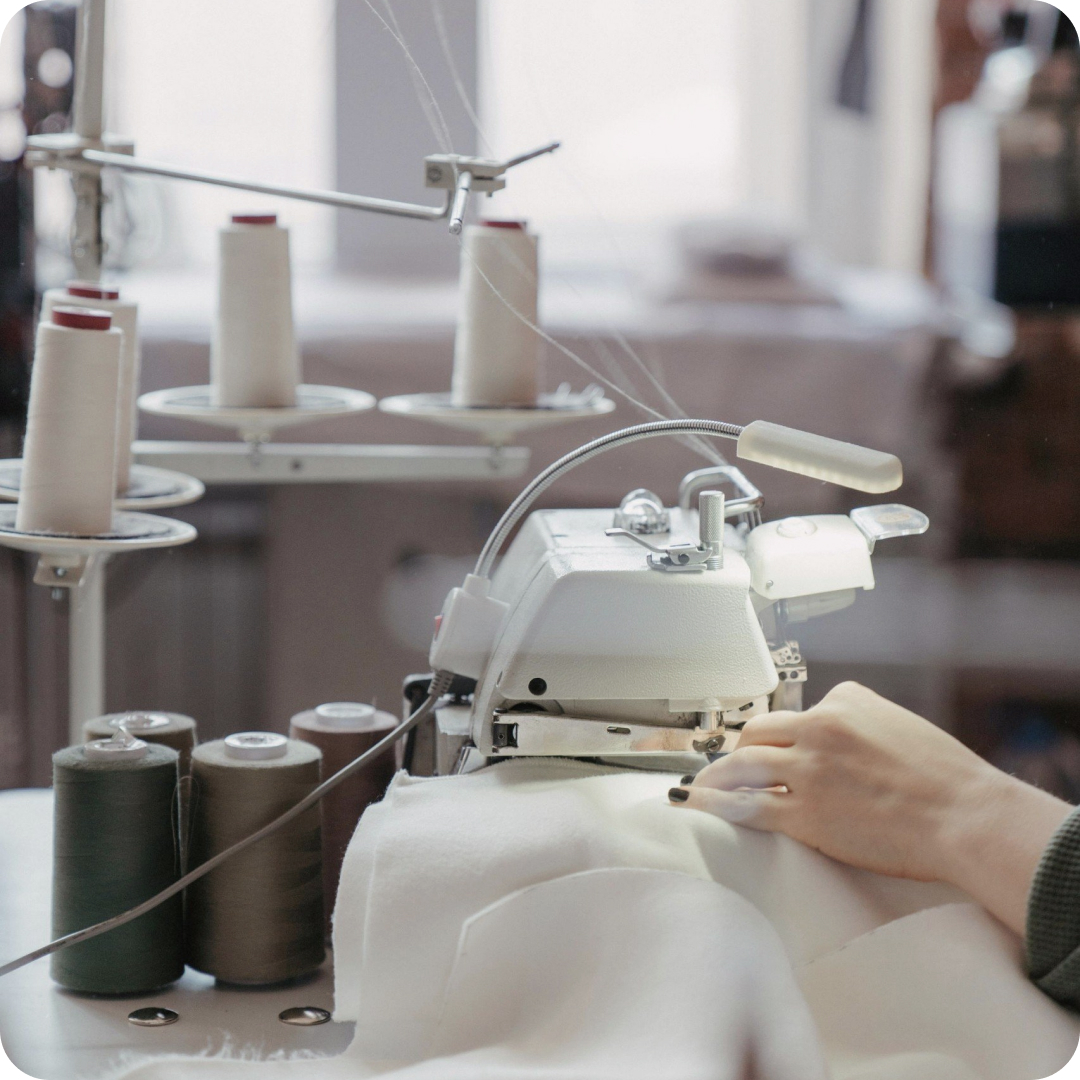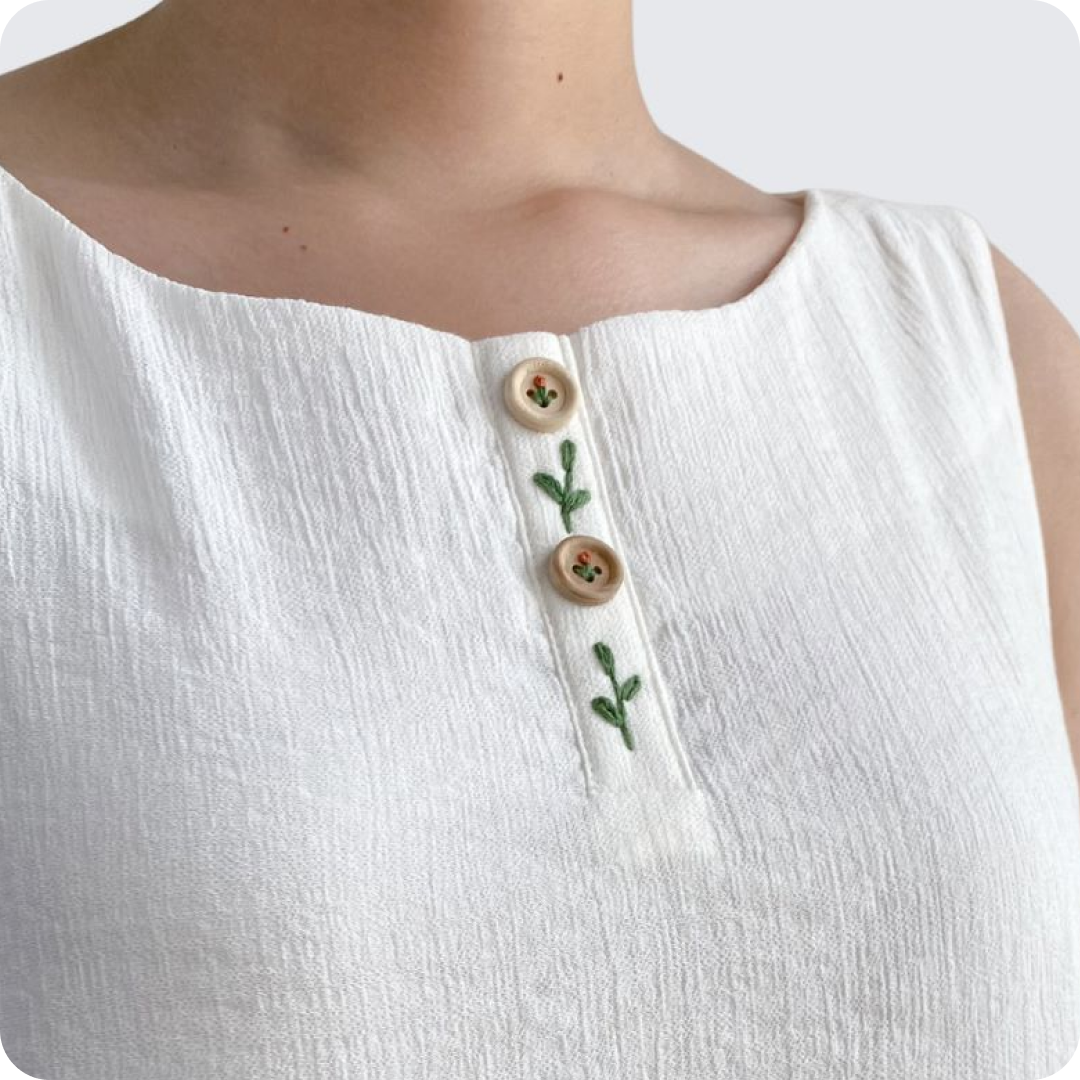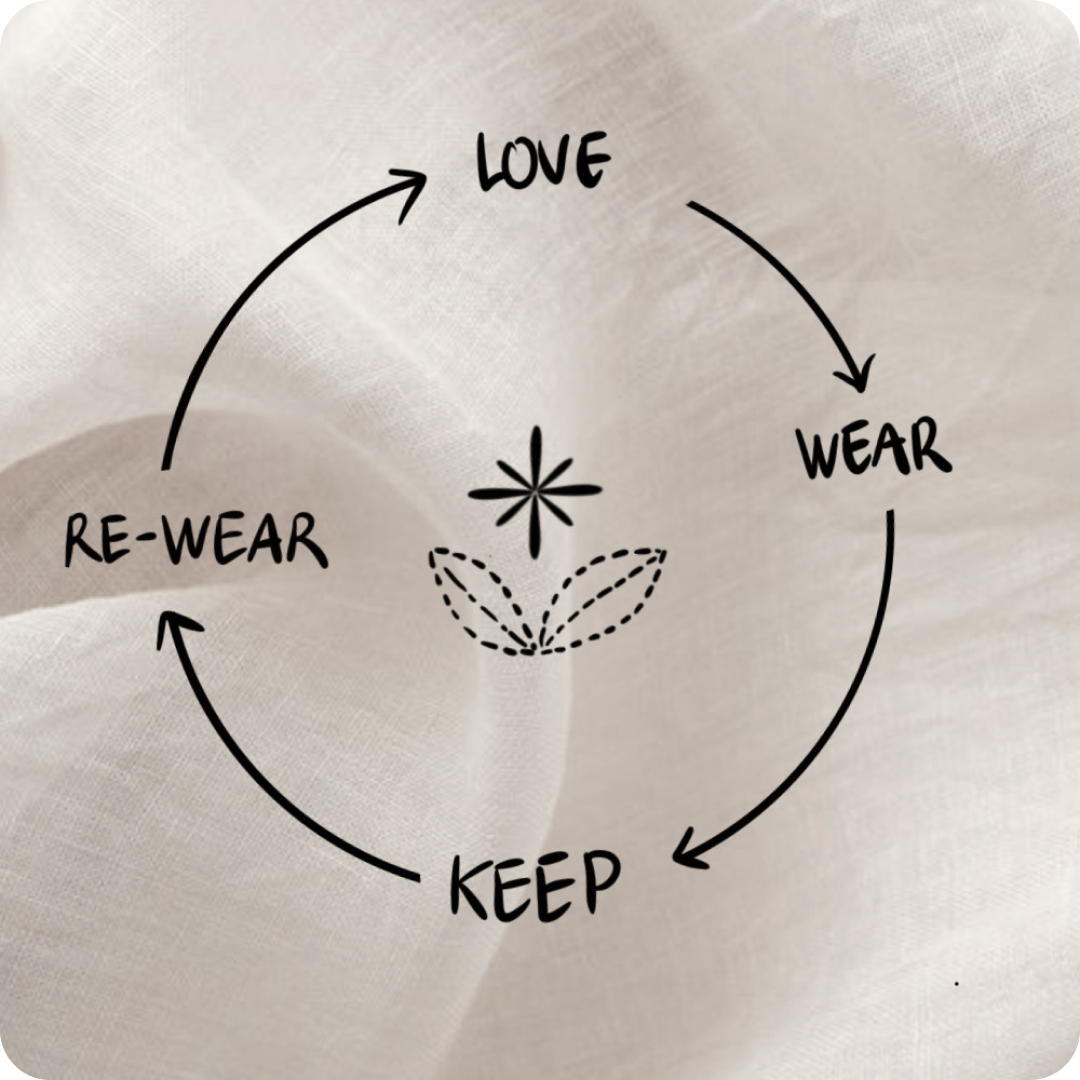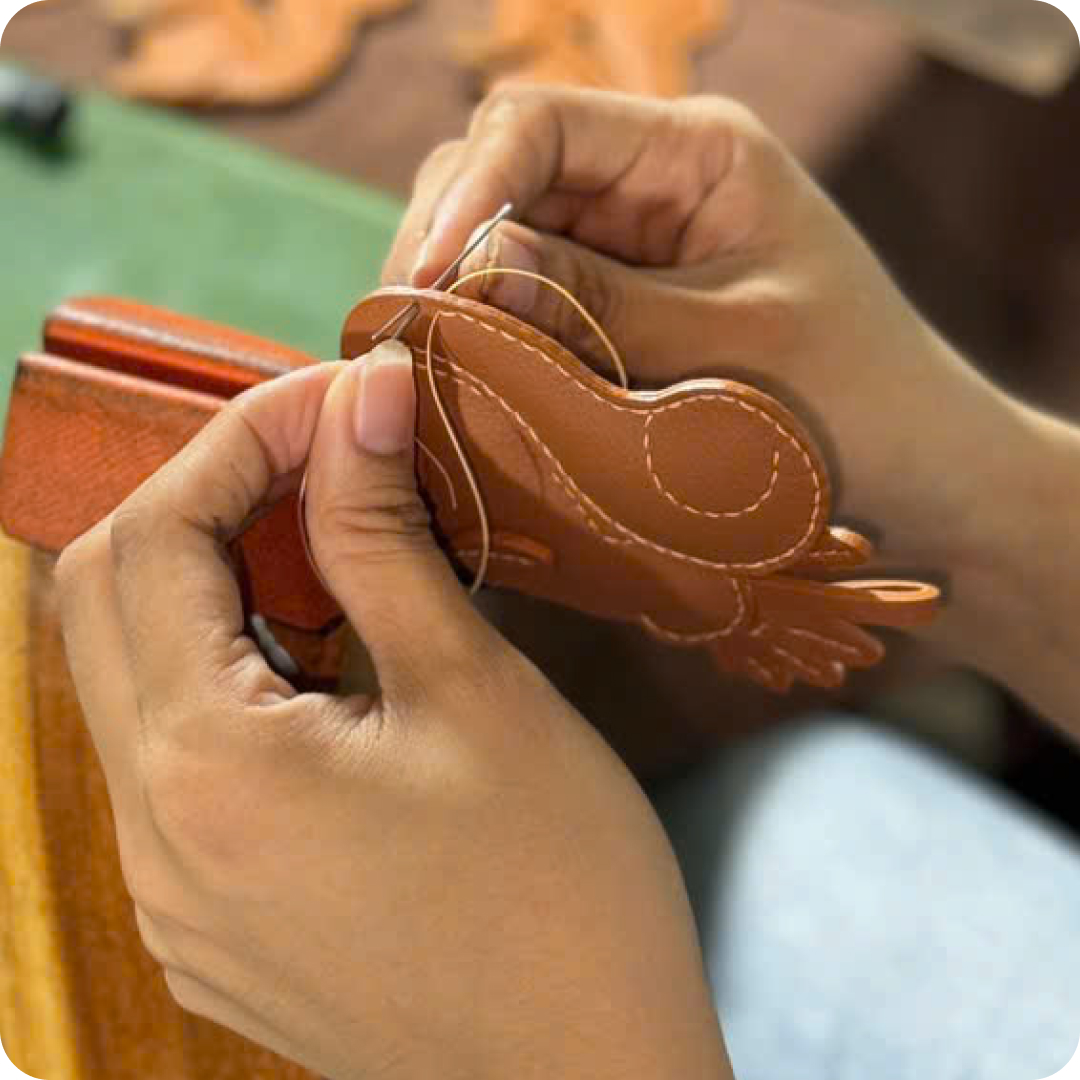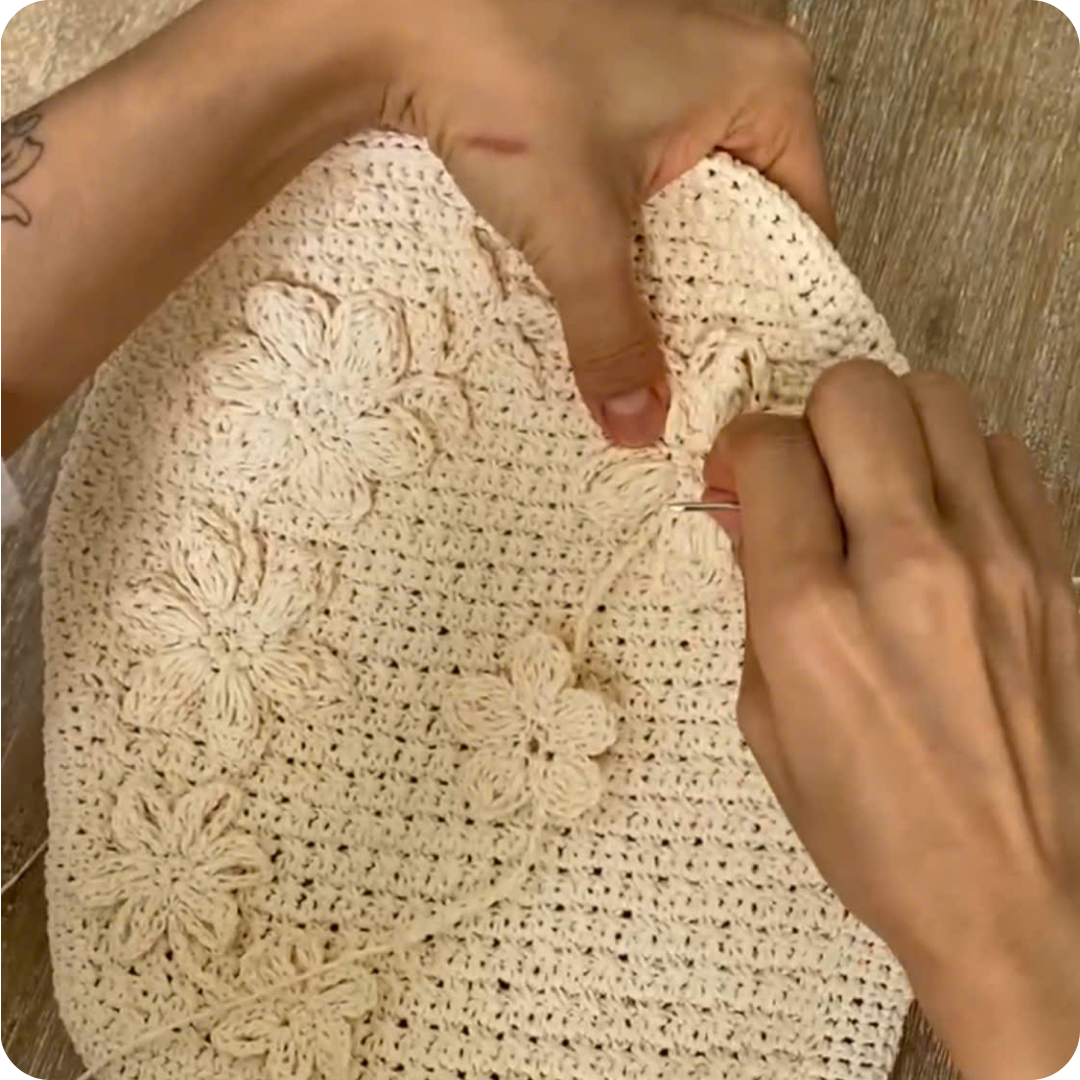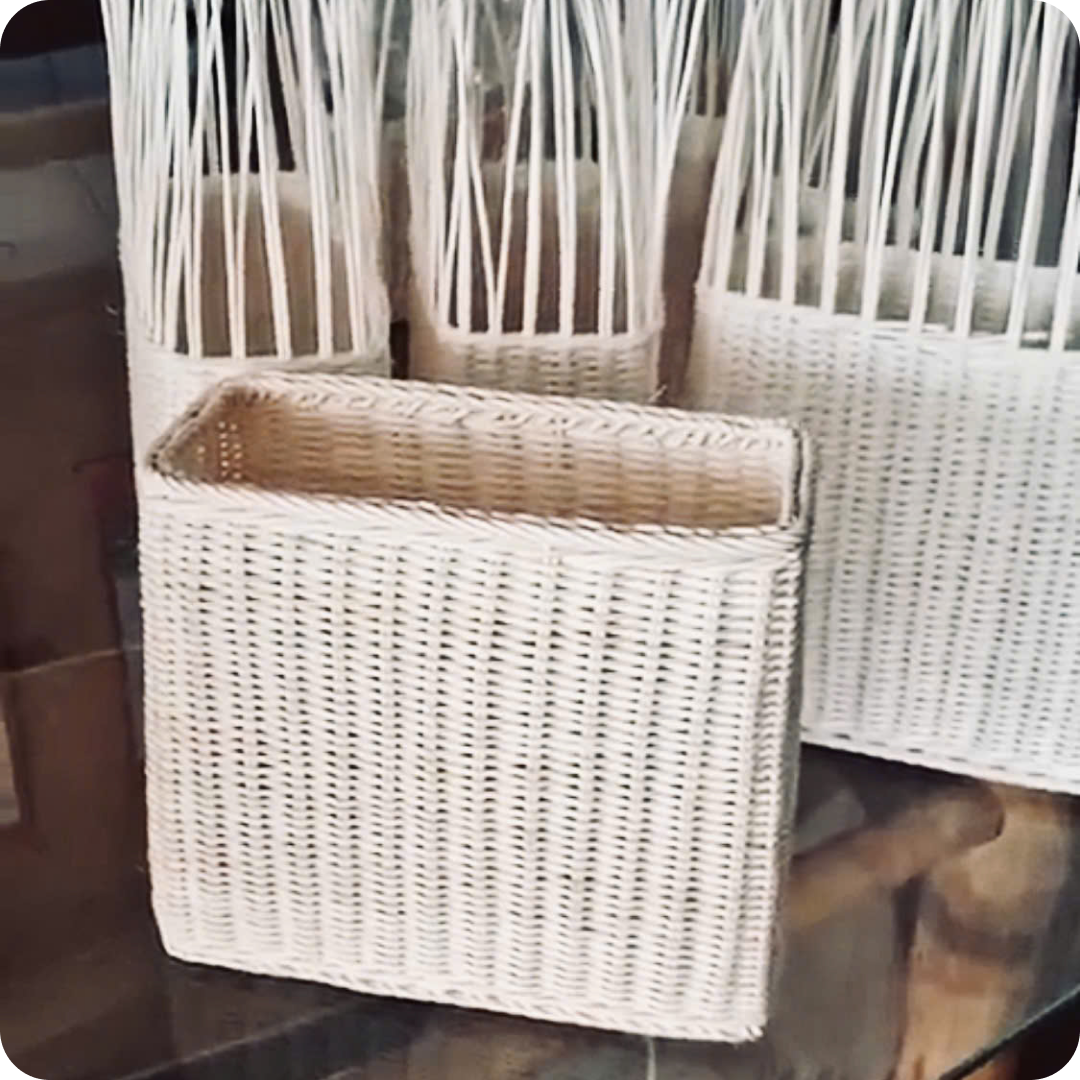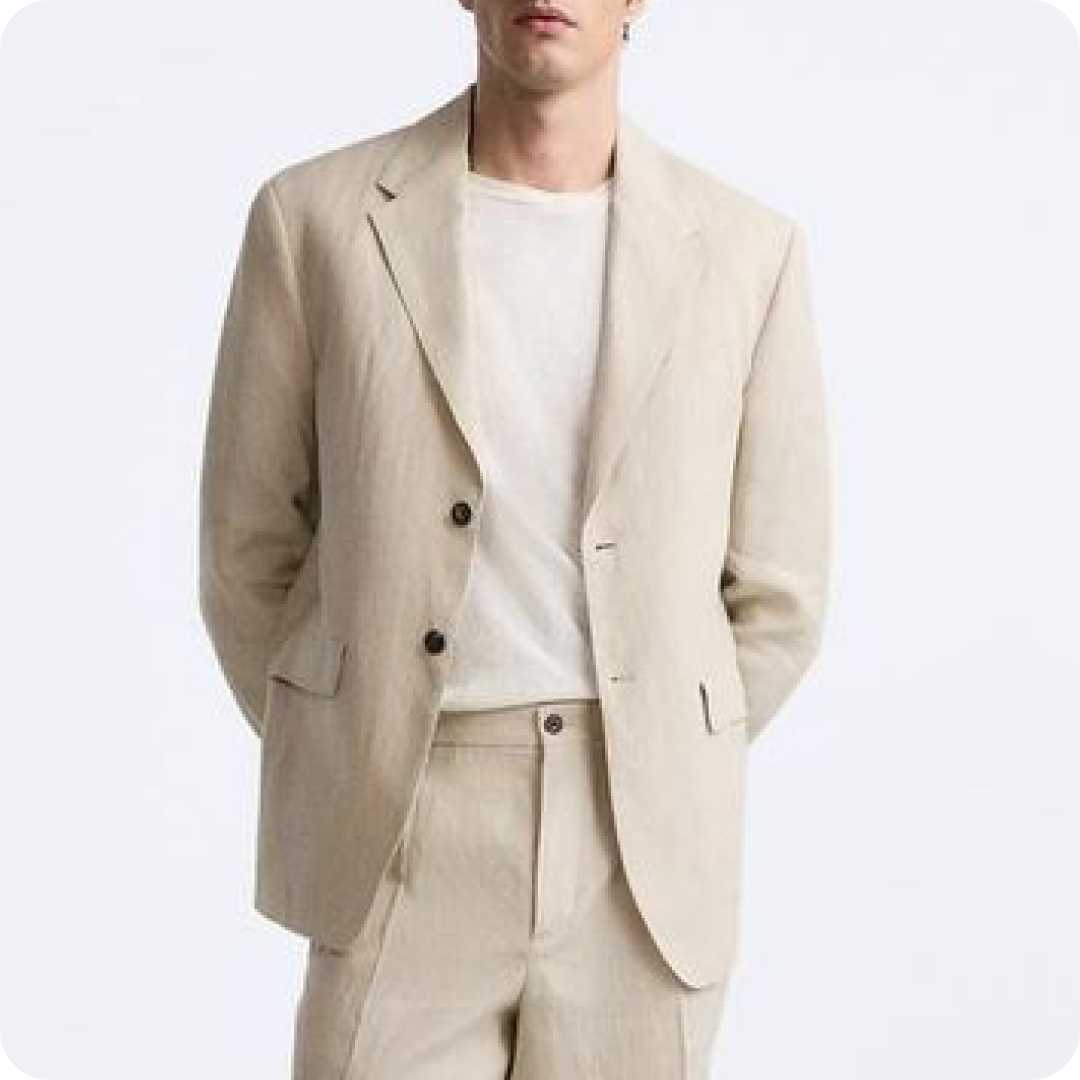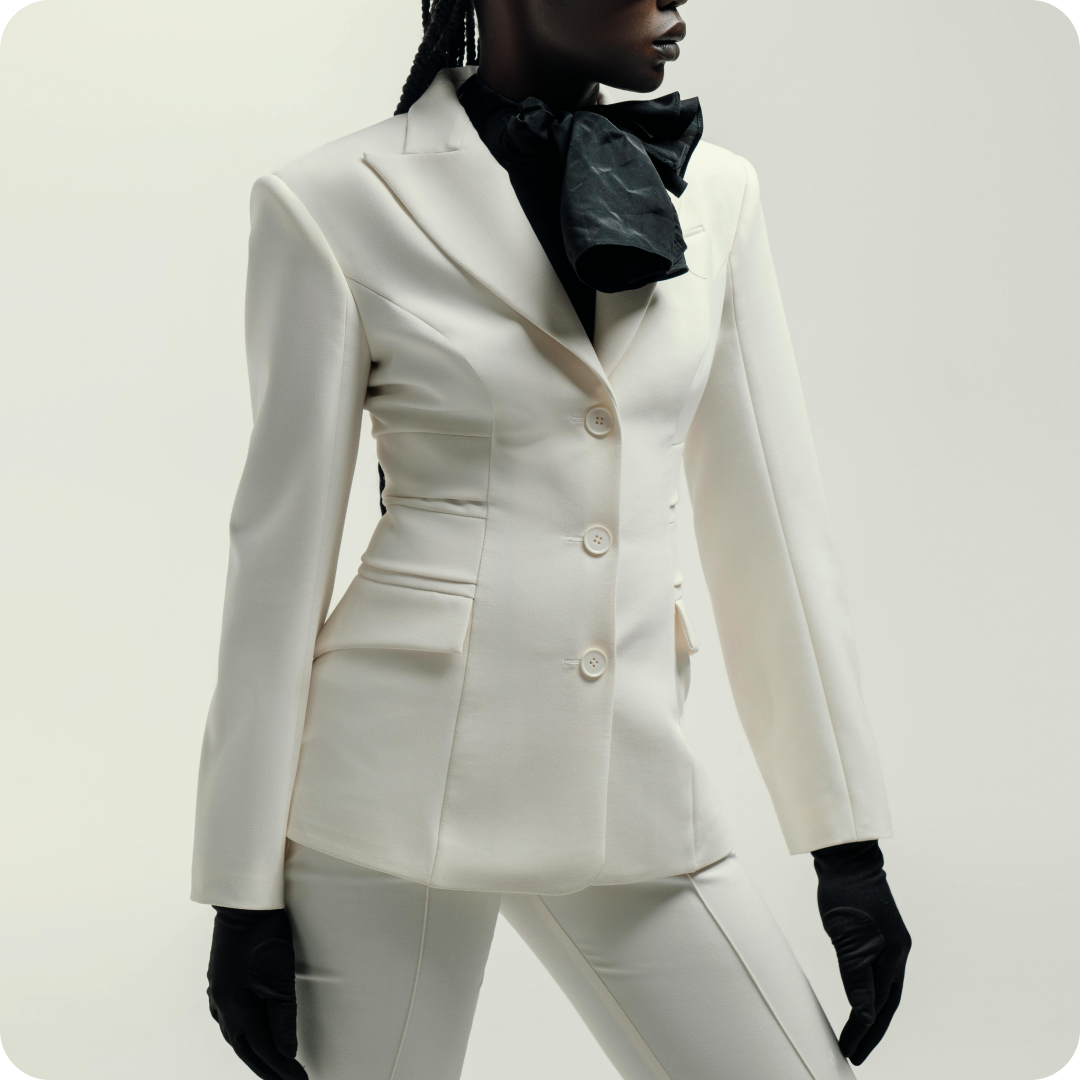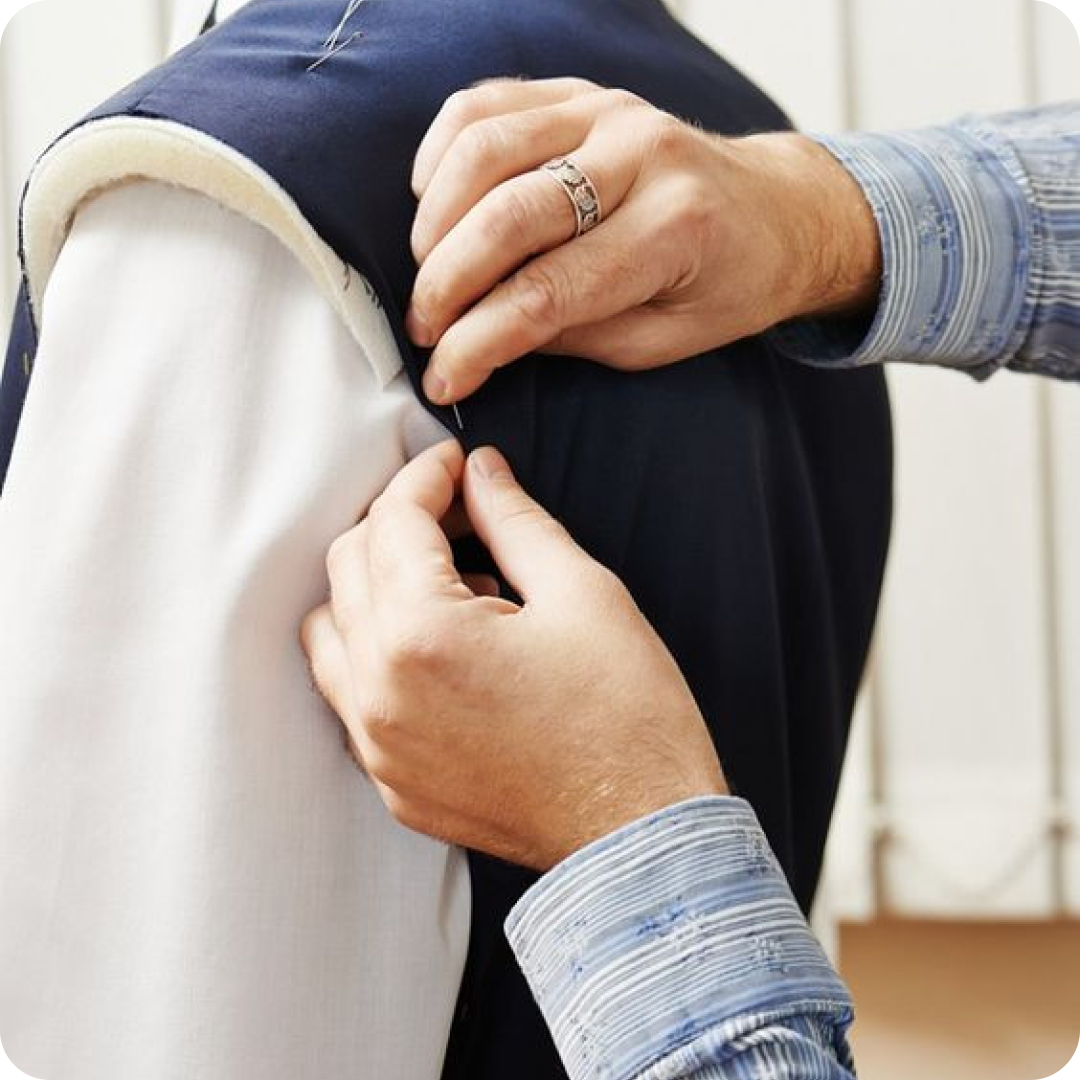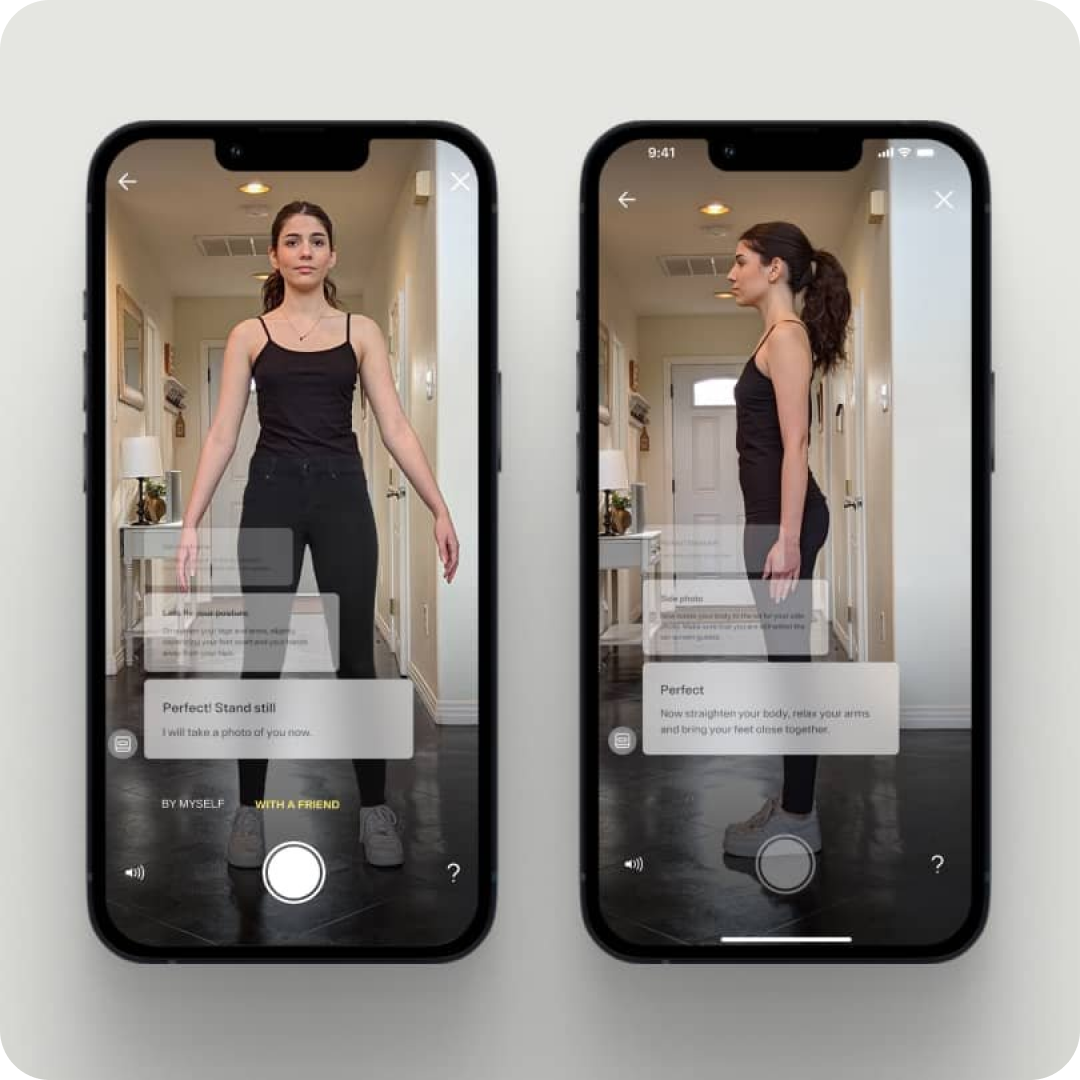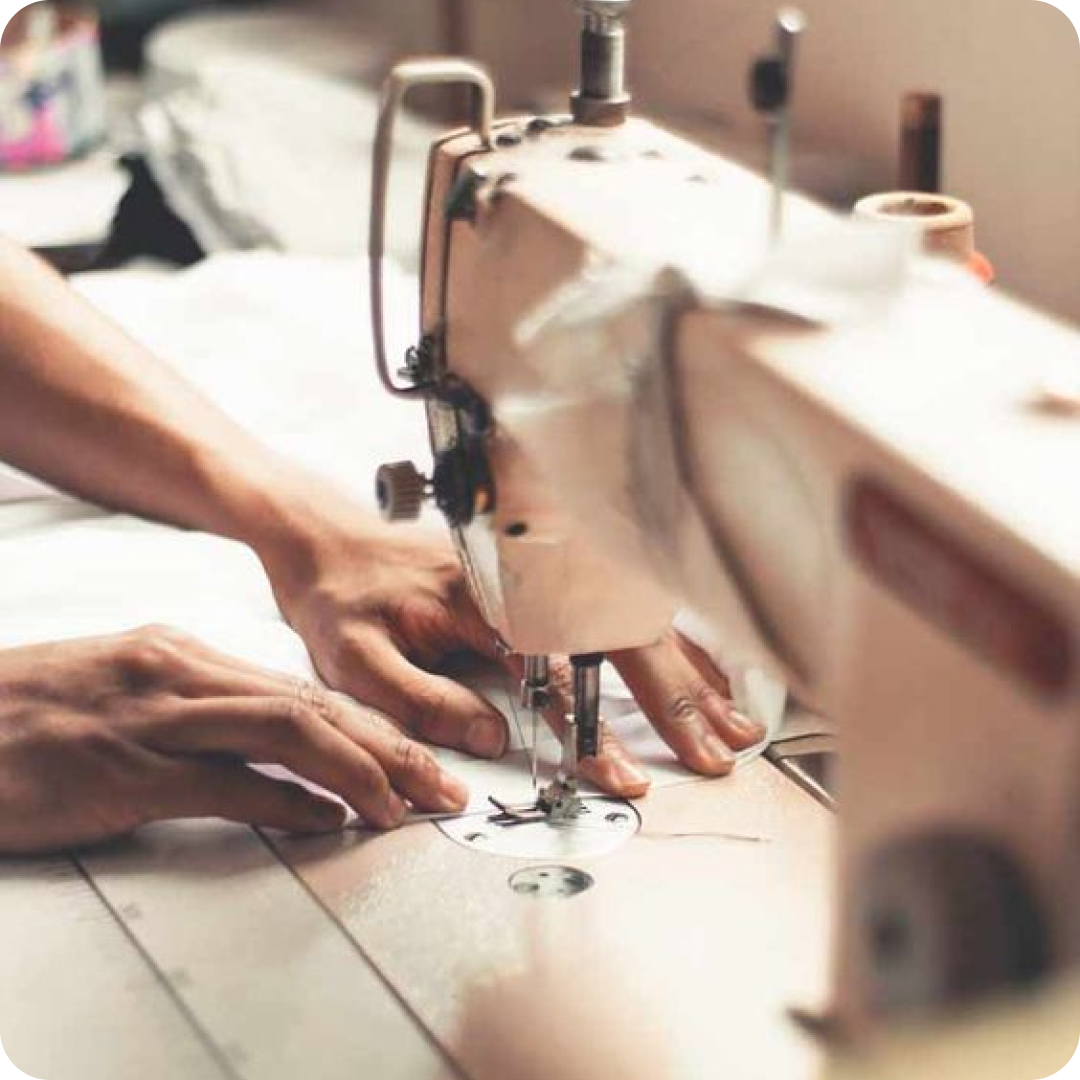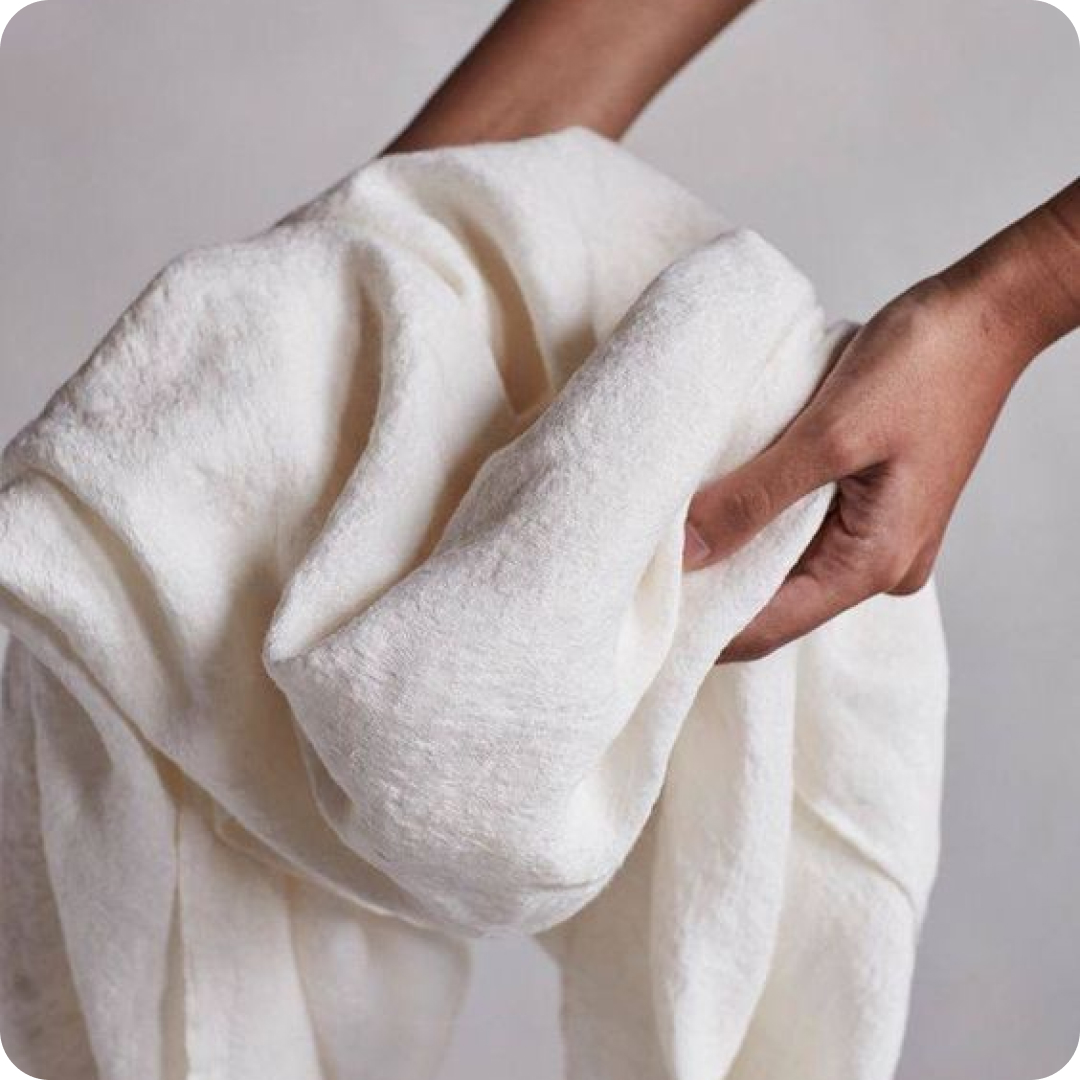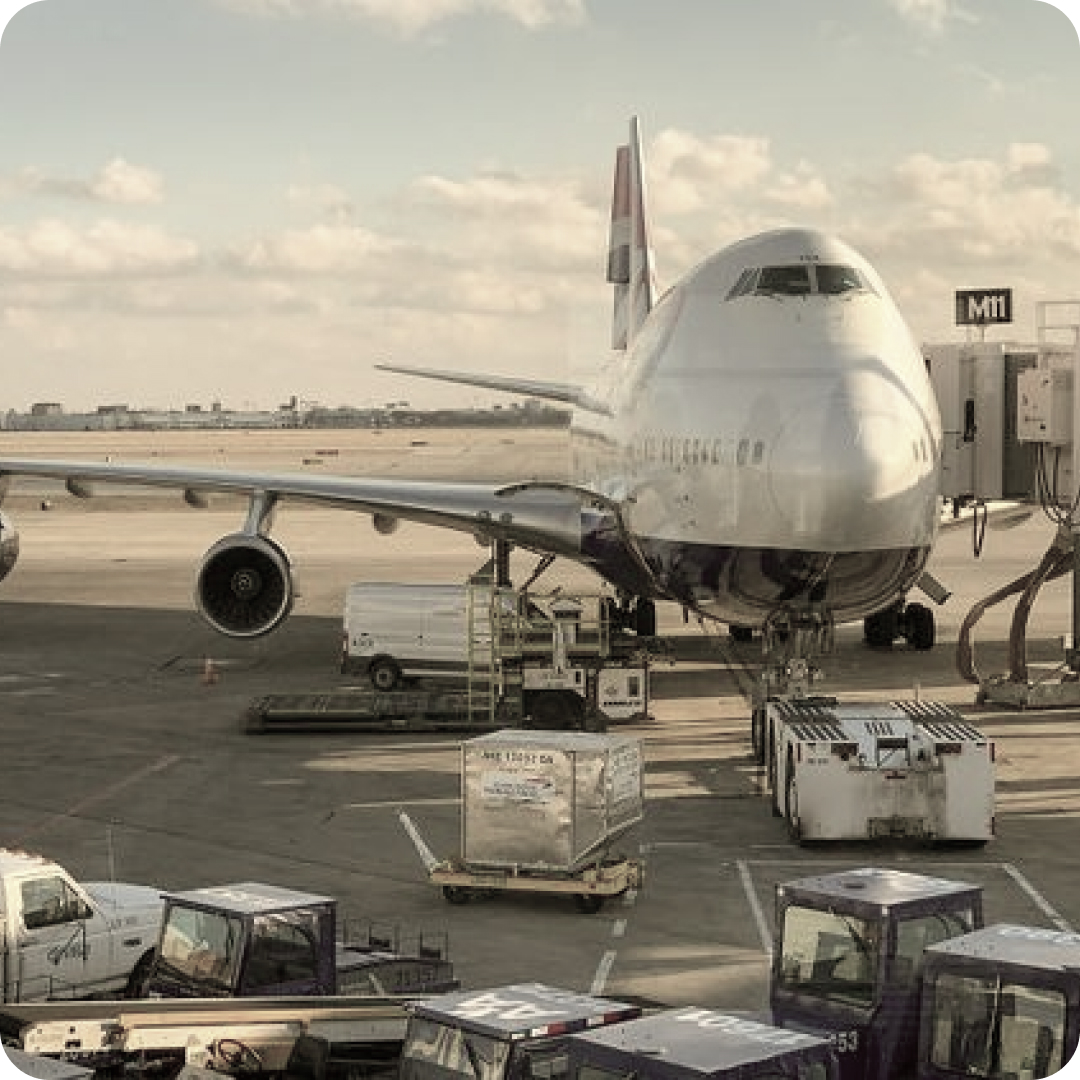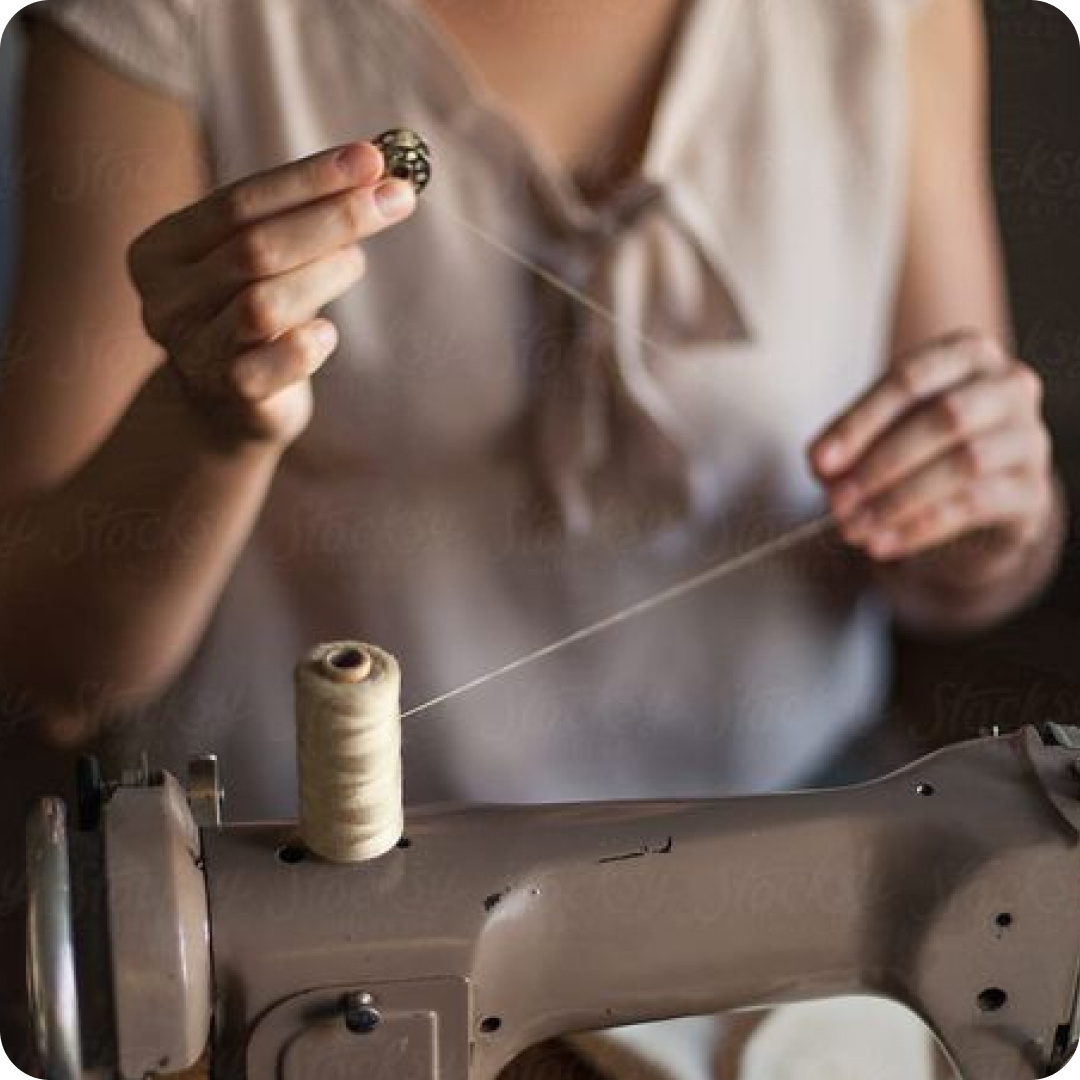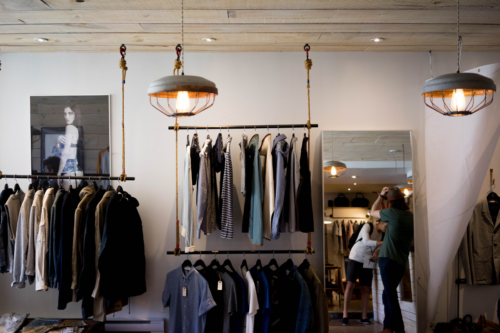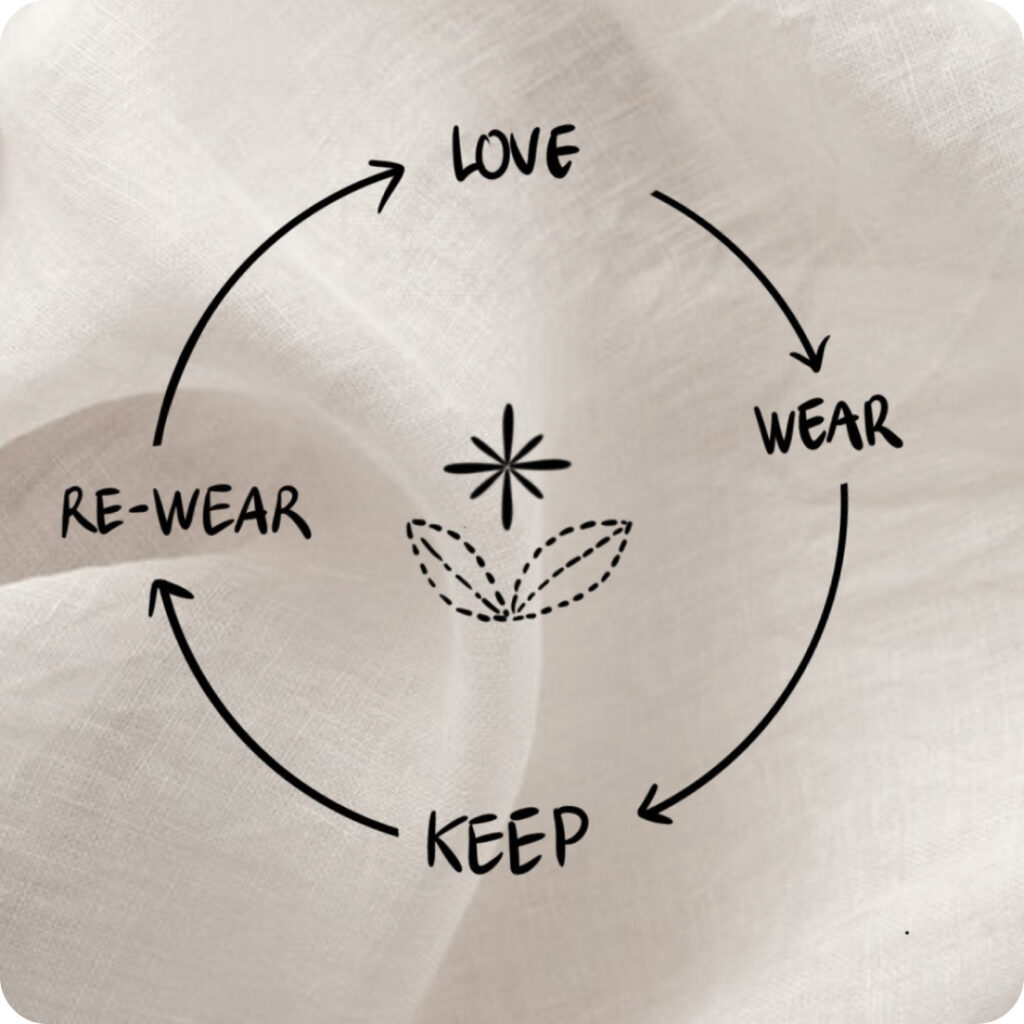Key Features That Differentiate Bespoke Men’s Suits from Ready-to-Wear and Custom-Made
In men’s fashion, understanding the differences between bespoke men’s suits, ready-to-wear, and custom-made options is essential for making the best decision for your wardrobe. While each option caters to specific needs, styles, and budgets, bespoke clothing men are the pinnacle of quality, fit, and personalization. In this comprehensive guide, we will explore the key features, craftsmanship, and benefits of bespoke suits, comparing them to ready-to-wear and custom-made alternatives
1. What are Bespoke Men’s Suits?
Bespoke clothing men represent the ultimate in tailored suits. It is a highly personalized process where a suit is meticulously crafted to meet the exact measurements and preferences of the client. Unlike other tailoring methods, bespoke suits involve hands-on craftsmanship, attention to detail, and multiple fittings to achieve the perfect fit.
Key Features of Bespoke Men’s Suits
- Full Personalization: Every suit aspect is customizable—from fabric selection, stitching, lapel style, lining, and button placement to even the pocket design and monograms.
- Handcrafted Excellence: Bespoke suits are handmade by skilled artisans who dedicate hours to ensuring precision and artistry.
- Unique Patterns: A bespoke garment involves creating a unique pattern for each client, tailored specifically to their body measurements.
- Multiple Fittings: Typically, 2-5 fittings are necessary to refine the suit, ensuring it fits perfectly at every stage.
- High-Quality Materials: Clients can select premium fabrics, such as fine wool, cashmere, and silk, from top mills worldwide.
- Longevity: Bespoke suits are designed to last for years due to their quality craftsmanship and durable materials.
A bespoke suit transcends being just an outfit; it represents the wearer’s personal style and embodies sophistication and timeless appeal. For individuals in search of the best tailored suits, bespoke tailoring delivers unparalleled excellence.
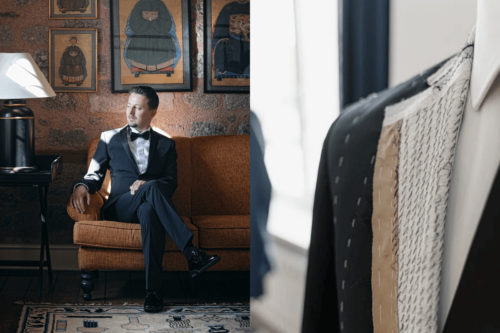
2. Comparison: Ready-to-Wear, Custom-Made, and Bespoke Men’s Suits
To help you understand the differences, the table below compares the key features of ready-to-wear, custom-made, and bespoke men’s suits:
| Feature | Ready-to-Wear | Custom-Made (Made-to-Measure) | Bespoke |
| Fit | Standard sizes (S, M, L, etc.) | Adjusted to pre-existing patterns | Fully personalized to body measurements |
| Personalization | Minimal | Moderate customization | Full customization |
| Craftsmanship | Machine-made | Machine with some handwork | Fully handmade |
| Fittings | None | 1-2 fittings | Multiple fittings (2-5) |
| Time to Complete | Immediate purchase | 2-6 weeks | 8-12 weeks or longer |
| Cost | Affordable | Mid-range | Premium pricing |
This comparison highlights why bespoke men’s suits are considered superior in terms of fit, craftsmanship, and personalization. While ready-to-wear suits offer convenience and affordability, they often lack individuality. Made-to-measure suits (custom-made) offer a better fit than ready-to-wear but fall short of the precision provided by bespoke tailoring.
3. The Craftsmanship of Bespoke Men’s Suits
The craftsmanship involved in creating a bespoke suit is second to none. Unlike ready-to-wear or custom-made suits, bespoke tailoring is a manual and time-intensive process requiring exceptional skill. The steps involved include:
The Step-by-Step Bespoke Process
- Initial Consultation
The journey begins with an in-depth consultation between the tailor and the client. This stage is crucial as the tailor strives to understand the client’s unique needs, preferences, and expectations. The discussion typically includes style choices, occasion (business wear, formal event, or casual elegance), and the desired level of personalization. The tailor also assesses the client’s physique and posture, which are vital for crafting a suit that enhances the wearer’s best features. - Fabric Selection
Clients are presented with an extensive collection of premium fabrics sourced from renowned mills, including high-grade wool, cashmere, silk, linen, and luxury blends. The fabric selection process enables clients to choose colors, weights, textures, and patterns that align with their vision and lifestyle. - Measurements and Pattern Drafting
Unlike off-the-rack suits that rely on generic templates, bespoke garment begins with detailed measurements-often over 30 points-covering the chest, shoulders, waist, sleeve length, and other nuances of the body. The tailor then drafts a one-of-a-kind paper pattern for the client, ensuring every curve and line aligns perfectly with the client’s physique. This step is critical for achieving an impeccable fit that cannot be replicated by any pre-made design. - Hand Cutting and Initial Baste Fitting
Once the fabric is selected and the pattern drafted, the cloth is carefully hand-cut. Unlike machine-cutting, hand-cutting allows precision, particularly for intricate shapes like armholes, lapels, and collars. At this stage, a “baste fitting” is performed. The baste fitting involves loosely stitching the suit together for a preliminary fitting. This stage helps refine the overall shape and structure while allowing both the tailor and the client to review the fit and design choices. - Intermediate Fittings and Adjustments
Bespoke tailoring requires multiple fittings—usually two to five—at different stages of production. During these fittings, the tailor meticulously adjusts the suit for balance, drape, comfort, and alignment. Attention is paid to subtle details, such as ensuring the shoulders sit naturally, sleeves break correctly, and trousers fall cleanly. Minor adjustments are made as necessary, resulting in a level of precision that cannot be achieved in ready-to-wear or made-to-measure suits. - Hand Stitching and Finishing
Bespoke suits are renowned for their hand-stitched quality. Expert tailors devote hours to manually sewing each seam, buttonhole, lining, and edge. The hand-stitching process ensures durability while adding an elegant, refined touch. Features like hand-sewn lapel rolls, canvas interlining (instead of glued fusible), and pick stitching to enhance the suit’s structure and aesthetic. Each detail, no matter how small, contributes to the overall masterpiece. - Final Delivery and Refinement
After weeks of careful construction, fittings, and refinements, the completed suit is delivered to the client. At this point, the bespoke suit fits perfectly, with every contour of the body carefully accounted for. The suit doesn’t just “fit”—it complements the wearer’s body, exuding comfort and confidence.
This meticulous process, combined with premium materials and expert skill, ensures that bespoke clothing for men is unrivaled in terms of comfort, fit, and style. For those interested in casual wear, bespoke mens shirts offer a similar level of precision and craftsmanship.
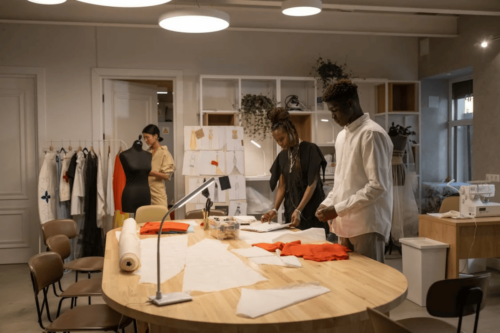
4. Pros and Cons of Each Tailoring Option
Ready-to-Wear
Pros:
- Affordable and readily available: Ready-to-wear garments are generally budget-friendly and can be found in many stores, making them an accessible option for most consumers.
- Immediate purchase with no waiting time: Unlike other tailoring options, ready-to-wear clothes are available for immediate purchase, eliminating the need for long waits or fittings.
- Suitable for those with standard body proportions: Ready-to-wear items are designed to fit a wide range of body types, making them a good option for individuals whose measurements align with standard sizing.
Cons:
- Limited fit and personalization: These garments are made to fit the average body, leaving little room for adjustments to cater to personal body shapes or specific preferences.
- Lower craftsmanship quality due to machine production: Mass-produced items often lack the fine craftsmanship of hand-tailored clothing, which can result in lower overall quality.
- May require alterations for a better fit: Even though they are widely available, ready-to-wear pieces may still need to be altered to achieve a more flattering fit or to correct sizing issues.

Custom-Made (Made-to-Measure)
Pros:
- Better fit compared to ready-to-wear options: Custom-made garments are designed using your specific measurements, providing a better fit than mass-produced clothing.
- Some level of personalization is available: Customers have more input into details such as fabric choice, color, and certain design elements, allowing for more personal expression than ready-to-wear.
- More affordable than bespoke tailoring: While still an investment, made-to-measure options are usually more budget-friendly than bespoke tailoring, offering a balance between quality and cost.
Cons:
- Uses pre-existing patterns, so fit is not entirely unique: While made-to-measure garments are adjusted to your body, the base patterns used are pre-made, meaning the fit may not be as customized as bespoke options.
- Limited handcrafting compared to bespoke: Unlike bespoke tailoring, which involves a high level of manual labor and craftsmanship, made-to-measure pieces are typically produced with less attention to detail and hand-finishing.
- Longer wait times (2-6 weeks): Custom-made garments require more time than ready-to-wear options, with production times typically ranging from two to six weeks depending on the complexity.

Bespoke Tailoring
Pros:
- Unparalleled fit, personalization, and craftsmanship: Bespoke clothing is the highest level of customization, offering a perfect fit and allowing for a design that is uniquely yours. Every piece is specifically tailored to align with your precise measurements and unique style preferences.
- Superior quality, ensuring durability and longevity: Bespoke garments are made with the finest fabrics and exceptional craftsmanship, ensuring a long-lasting, high-quality result.
- Unique and exclusive design tailored to your style: Every aspect of a bespoke piece is personalized, from the fabric to the stitching, creating a one-of-a-kind garment.
- Attention to detail at every stage of the process: Bespoke suits involve careful attention to detail, with multiple fittings and expert guidance to ensure the final product is perfect.
Cons:
- Expensive due to labor and materials: The high level of customization, craftsmanship, and premium materials used in bespoke tailoring comes at a significant cost, making it the most expensive option.
- Time-consuming, often taking 8-12 weeks or more: Creating a bespoke garment is a lengthy process that can take several weeks, as it involves multiple fittings and careful crafting.
- Requires multiple fittings and commitment: Achieving the perfect fit requires the customer to participate in several fittings throughout the process, which can be time-consuming and requires a degree of commitment and patience.

5. How to Find Bespoke Suits Near Me
Finding a reputable tailor for bespoke men’s suits is essential to ensure you receive a quality garment. Seek out tailors with a strong track record, positive client feedback, and a comprehensive portfolio showcasing their work. Many contemporary tailors now provide consultations to help clients navigate the tailoring process. Additionally, for those who prefer convenience, some brands provide custom made suits online services that combine digital technology with traditional craftsmanship.
For those who desire the best tailored suits with an unmatched fit, durability, and style, bespoke clothing for men is the ultimate choice. Investing in a bespoke suit ensures you own a garment that reflects your individuality and stands the test of time. Moreover, those looking to elevate their wardrobe further might also consider bespoke mens shirts for their exceptional fit and style.

